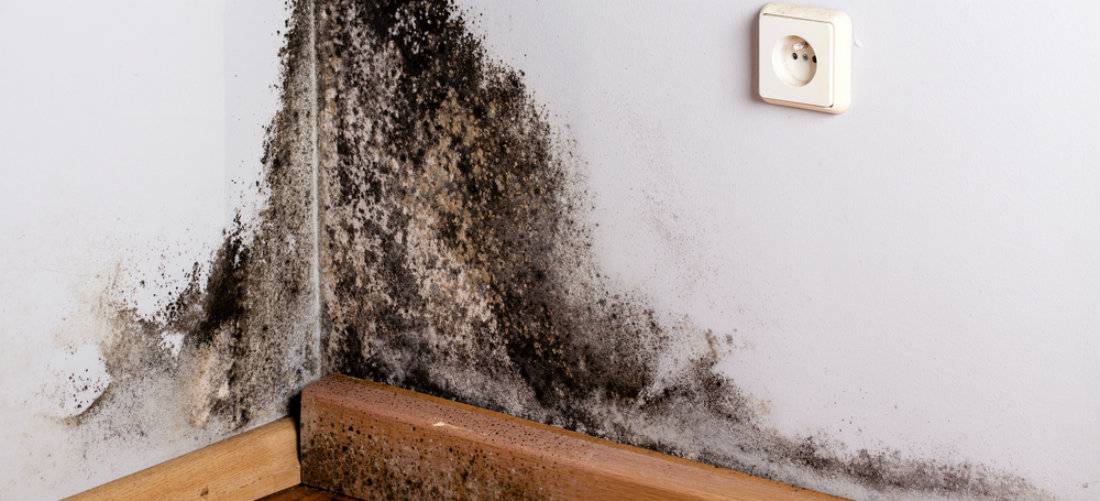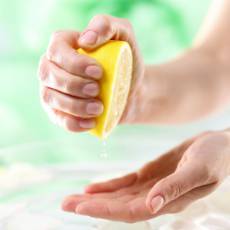The unfortunate fact is, almost all parts of your home are prone to molds and mildew. These can’t be easily seen most of the time, so it could be quite hard to detect them if you don’t look closely enough. Molds and mildew can actually cause various illnesses; they could even aggravate the condition of asthmatic patients and people with allergies.
Molds usually grow in places where it is always damp such as bathrooms, pipelines, walls, basements, and furniture. On the other hand, mildew is typically a black, white or yellowish film that is primarily caused by molds. These usually develop in the humid weather, especially in cramped spaces and closed houses.

If you don’t deal with molds and mildew as soon as possible, you might raise the risk of your family getting sick because of them. Read on for some tips you could follow so you can finally get rid of molds and mildew once and for all.
PREVENTING MOLDS
 It is virtually impossible to eliminate all mold spores in the air. But the good news is that you could still actually manage this! Molds thrive in moisture, so it would be advisable to decrease it. In the hot months, use a dehumidifier or air conditioner to reduce moisture and stickiness in the air. Do the opposite during the cold weather—keep your whole house warm. Make a quick trip to your go-to hardware store and purchase a hygrometer, an affordable device which measures relative humidity in the air. This helps you keep the humidity ideally below the 60-percent mark. Your air conditioner’s drip collection pans should be regularly drained and the excess water flows properly from your drainage pipes. Furthermore, reduce condensation in the cold days by insulating door frames, floors, windows, and mud rooms. Fix up leaks and dry out wet areas. Most importantly, maintain good air circulation throughout your whole home by opening room doors from time to time and not placing furniture too close to walls.
It is virtually impossible to eliminate all mold spores in the air. But the good news is that you could still actually manage this! Molds thrive in moisture, so it would be advisable to decrease it. In the hot months, use a dehumidifier or air conditioner to reduce moisture and stickiness in the air. Do the opposite during the cold weather—keep your whole house warm. Make a quick trip to your go-to hardware store and purchase a hygrometer, an affordable device which measures relative humidity in the air. This helps you keep the humidity ideally below the 60-percent mark. Your air conditioner’s drip collection pans should be regularly drained and the excess water flows properly from your drainage pipes. Furthermore, reduce condensation in the cold days by insulating door frames, floors, windows, and mud rooms. Fix up leaks and dry out wet areas. Most importantly, maintain good air circulation throughout your whole home by opening room doors from time to time and not placing furniture too close to walls.
As for your kitchen, use exhaust fans to keep moisture outside while you’re cooking or doing other tasks. Give close attention to your refrigerator’s drip pans; drain them when necessary.
PREVENTING MILDEW
On clothes:
 Like molds, mildew love moist and damp areas. Even your clothes are no exception! To avoid having mildewed clothes and fabrics, never leave them lying around while they’re still wet. Hang them to dry immediately after washing. The same goes for your other household fabrics like kitchen towels and blankets. Or if the clothes are soiled, air-dry them first before tossing them to the hamper.
Like molds, mildew love moist and damp areas. Even your clothes are no exception! To avoid having mildewed clothes and fabrics, never leave them lying around while they’re still wet. Hang them to dry immediately after washing. The same goes for your other household fabrics like kitchen towels and blankets. Or if the clothes are soiled, air-dry them first before tossing them to the hamper.
Protect your mattresses and clothes by using sprays that are specially formulated to prevent the development of mildew. Inspect textiles before storing them in closets. During warmer months, take them out from time to time and leave them under the sunlight. Spray on them before putting them back to storage.
On painted furniture and other textiles:
Open a window while showering to keep moisture out. Moreover, don’t forget to straighten out your shower curtains after using them and don’t leave them clinging to the wall or your tub. Shower curtains that aren’t dried out will most likely be mildewed. You wouldn’t want to be close to icky mildew while you’re bathing, would you?
For your painted and unpainted wooden furniture, make sure that the rooms they are in are well-ventilated. Molds also feed on soft paint in the long run, so it would be best to invest in mildew-resistant ones. Fungicide-infused paint can easily be found at hardware stores.
 HOW CAN MOLDS AND MILDEW BE REMOVED?
HOW CAN MOLDS AND MILDEW BE REMOVED?
There are a lot of mold and mildew stain removers available in the market, but here are examples of remedies that can be made at home:
Lemon Juice and Salt
Apply the mixture on the stain. Leave to bleach under the sun, then rinse thoroughly.
Chlorine Bleach
In a quart of warm water, mix in 2 tablespoons of chlorine bleach. Dip the stained area of the fabric in the solution. Leave it on for 5 to 10 minutes. Note: never use the chlorine bleach in removing mildew stains on Spandex, silk, and wool fabrics as the solution might damage them. Be extra careful when handling commercially made products—avoid inhaling them and keep them out of reach of children.
It’s about time that you banish those pesky molds and mildew so you could truly live in peace in your home! Simply follow these tips to get you going!













Write a Comment